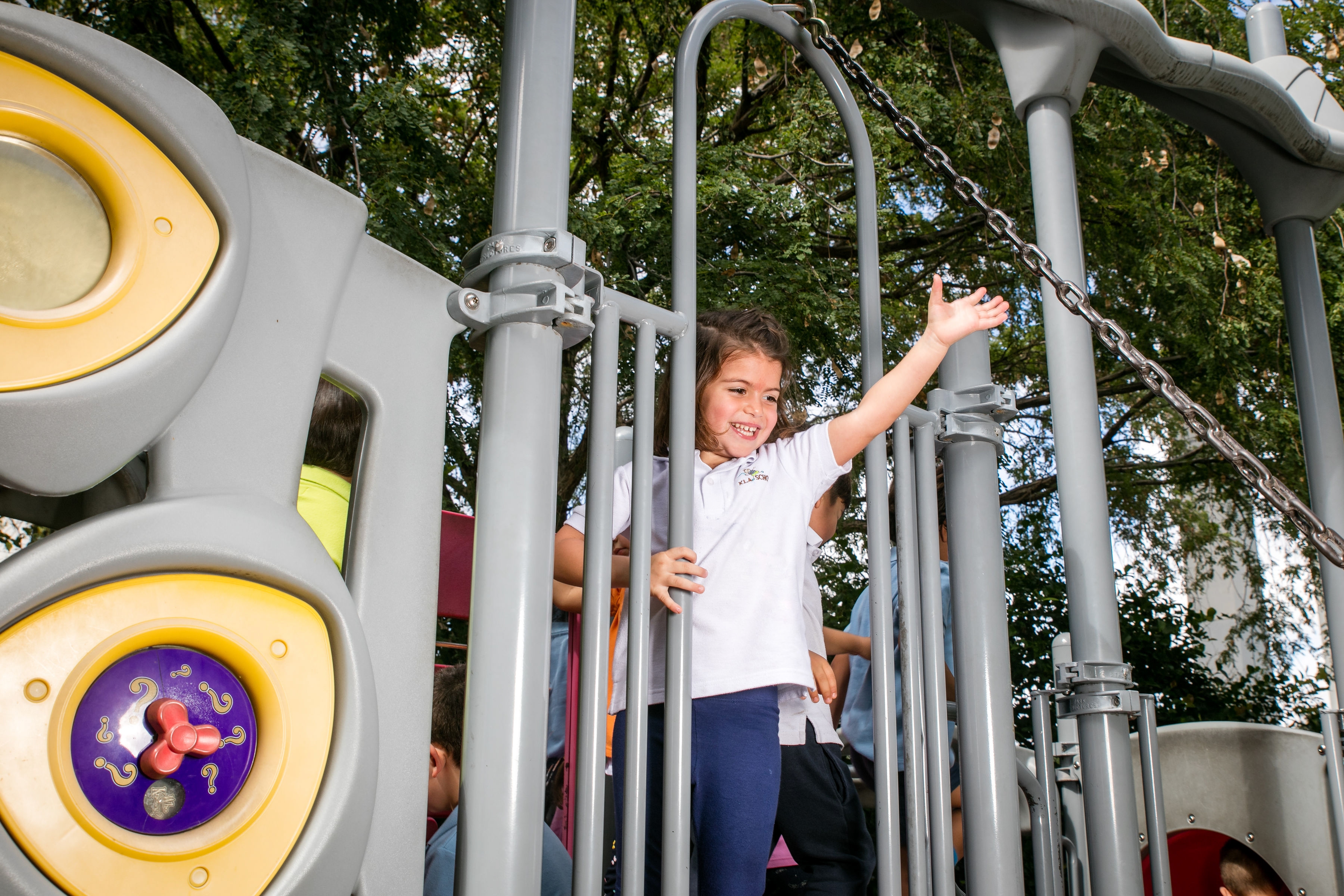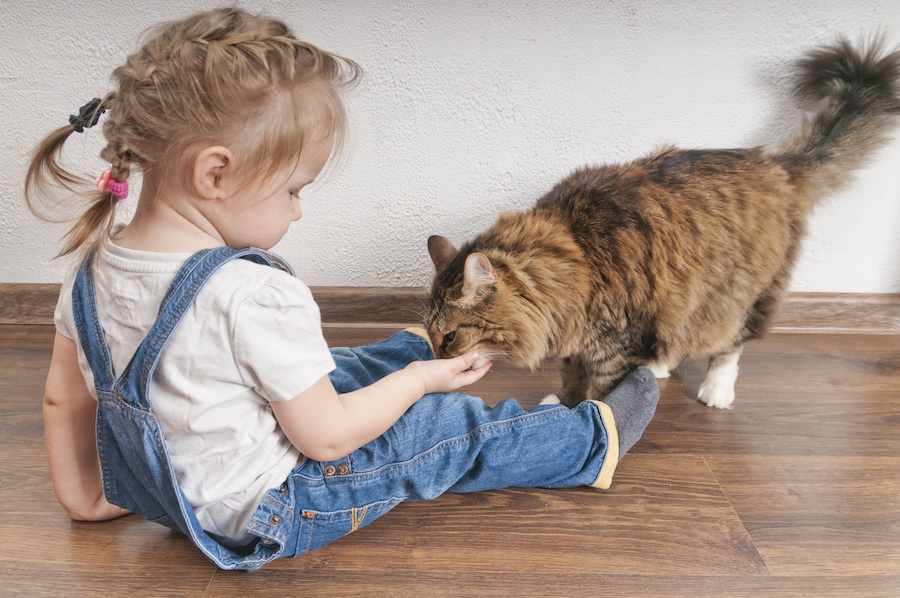How to Integrate a Pet Into Your Family
Topics: Family Fun
Age Range: Preschool
Whether you are adopting an adult animal or bringing home a new puppy or kitten, there are several things to keep in mind in order to help your pet feel comfortable and safe.
Discuss a schedule and rules
Your child may be most excited to play with your family’s new pet, but it’s important to have a family discussion about how life will change. Discuss a feeding and walking schedule, and ensure your child knows the appropriate safety rules for animals. If your child is old enough, they can help with tasks such as feeding the family pet. According to a study by Brown University School of Medicine, household chores such as this can give your child higher persistence and increased levels of emotional wellbeing and happiness.
Prepare in advance
Before you bring your new family member home, ensure that they have everything they need. You can get your child involved by bringing them to the pet store to help choose items such as a collar, leash, bed, and food. This can also be an ideal opportunity to help teach your child that taking care of a pet is an important responsibility. As well, you and your child can help ensure that your home and yard are safe for your new pet.
Bring your new pet home quietly
While your entire family will be excited, it’s important to not overwhelm your new pet. If you are adopting a dog, introduce it to the family outside, and one at a time. Let it tour its new home on-leash. Cats may be very reluctant to greet new people, so encourage your child to be patient and let the cat approach them when it feels ready. Ensure your child does not grab your pet’s face, ears, or tail. For both cats and dogs, ensure there is a safe and quiet space your pet can retreat to if it wants a break, and limit visitors for the first few days.
Teach your child patience
Even though you have already explained to your child how to safely approach and play with the new family pet, excitement may take over once your new family member is in your home. It’s important to monitor your child and pet closely, and watch for signs of stress in the animal, and ensure that your child is calm and gentle. Getting your child involved with the new pet indirectly, such as taking the dog for a family walk or creating a homemade cat toy, can help to satisfy your child’s excitement while giving your pet more time to adjust.
Show empathy for your pet
Having a new pet is exciting for everyone, but it is also important to model empathy to your child. Being able to feel empathy is an important foundation for strong relationships, conflict resolution, gratitude, and ethical behavior. Demonstrate respect for your new pet’s personal space and items such as its bed or food area. Let your child see you approaching and speaking to the pet appropriately. If you are training your new pet, show your child that behavior setbacks are only temporary, and try again. You can also have discussions with your child about how confusing it is for your pet to enter a strange home, and come up with ways you can help – particularly if you have adopted your new pet from a rescue organization.
The benefits of a family pet for a child are numerous – studies have shown that a pet can help a child learn, reduce anxiety, practice caregiving, and build family bonds. With our tips, you can help your child play an important role in welcoming your new pet into the family.

